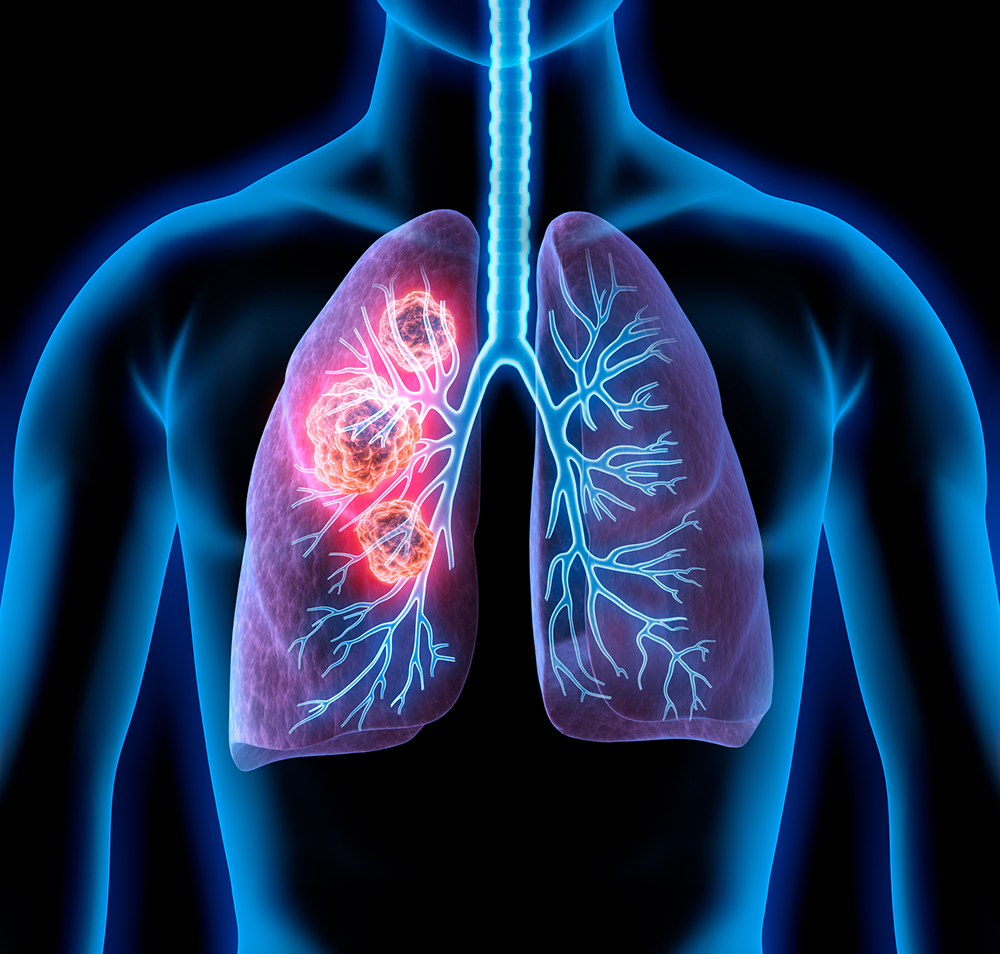 Commonly known as dietary fiber, complex carbohydrates and lignans make up a group of compounds that are unable to be digested in the small intestines of humans. Although our bodies do not have the enzymes needed to break down dietary fiber, fiber does still convey health benefits by passing through the upper gastrointestinal tract undigested. The average fiber intake for US adults is less than half of the recommended level. Many studies have linked high fiber diets to a lower risk for heart disease, stroke, type 2 diabetes, obesity, high blood pressure, and certain GI diseases such as diverticulitis, constipation, hemorrhoids, and GERD (1). Most high fiber diets are also high in fruits and non-starchy vegetables which, according to the American Institute of Cancer research may protect against cancers of the mouth, pharynx, larynx, esophagus, stomach, colon, and rectum (2).
Commonly known as dietary fiber, complex carbohydrates and lignans make up a group of compounds that are unable to be digested in the small intestines of humans. Although our bodies do not have the enzymes needed to break down dietary fiber, fiber does still convey health benefits by passing through the upper gastrointestinal tract undigested. The average fiber intake for US adults is less than half of the recommended level. Many studies have linked high fiber diets to a lower risk for heart disease, stroke, type 2 diabetes, obesity, high blood pressure, and certain GI diseases such as diverticulitis, constipation, hemorrhoids, and GERD (1). Most high fiber diets are also high in fruits and non-starchy vegetables which, according to the American Institute of Cancer research may protect against cancers of the mouth, pharynx, larynx, esophagus, stomach, colon, and rectum (2).
While there are many ways to classify fiber, one of the most popular ways is based on how they react with water. Soluble fibers form a viscous gel and are fermented by bacteria in the colon. They have been found to help lower LDL cholesterol and slow the emptying of the stomach, assisting in weight maintenance. Food sources of soluble fibers include oatmeal, beans, lentils, barley, flaxseeds, and certain fruits and vegetables such as Brussels sprouts, sweet potatoes, oranges, apricots, peeled apples, blueberries and peeled pears. Due to its gel forming properties, soluble fibers can also be used to help slow down episodes of diarrhea as well as make stool soft, helping with constipation. Soluble fibers should be included to help with both diarrhea and constipation (3).
Insoluble, or non-viscous, fibers do not dissolve in water, increase the speed of foods through the stomach and intestines, and add bulk to stool. Examples of food sources of insoluble fibers include whole wheat, brown rice, bulgar, couscous, legumes, seeds, dark green leafy vegetables, raisins, onions, and broccoli (4). Potato skins and apple skins are two other sources of insoluble fibers. Insoluble fiber helps prevent constipation. Insoluble fibers should be avoided if you are experiencing diarrhea, as this may cause additional diarrhea.
Fiber can also be classified as intact or isolated fibers. This classification was created by the Institute of Medicine in 2002 to distinguish between fibers found in foods (intact) and fibers added to foods (isolated). Some examples of isolated fibers include indigestible dextrins, inulin, resistant starch, and polydextrose. Many of these fibers can be found in highly processed cereals or snack foods. Recent studies have shown that added fibers may not be as beneficial for protection against chronic diseases due to a “synergistic effect of fiber and other biologically active compounds found in whole foods” (5). The Academy of Nutrition and Dietetics recommends consuming “adequate amounts of dietary fiber from a variety of plant foods” (6).
The Dietary Guidelines for Americans 2010 recommends Americans consume 14 grams of fiber for every 1,000 calories consumed. This equates to approximately 25 grams of fiber per day for women and 38 grams of fiber per day for men. Try to add more vegetables, whole fruits, whole grain foods, nuts, seeds and legumes to your diet to achieve a high fiber diet. It is recommended that legumes (dry beans and peas) be consumed 3-5 times per week as they are a significant source of fiber.
Whole grain products can be identified by looking at the ingredients list. If the first ingredient is identified as a whole-grain, this product itself would be considered a whole grain. If the packaging label advertises “made with whole grains” or a “good” or “excellent source of whole grains”, this does not necessarily mean it is a whole grain product as there are not established definitions for these phrases. Examples of how whole grains could be listed in the ingredients list are as follows: brown rice, buckwheat, bulgur, millet, oatmeal, popcorn, quinoa, whole grain barley, whole-grain corn, whole oats/oatmeal, whole rye, whole wheat, rolled oats, and/or wild rice (7,8,9).
You can also obtain fiber from fiber supplements such as Metamucil, Citrucel, and Benefiber; however these would be considered isolated fibers and may not provide as much protective benefit as fiber from foods. Citrucel and Benefiber are 100% soluble fiber products. Metamucil is a blend of soluble and insoluble fibers. Some patients choose to use soluble fiber products to help control diarrhea. If you do choose to use a fiber supplement, it is best to separate it from your medication by one hour before or two hours after use of the fiber. Medications absorption can be impacted by fiber supplements (10).
Adequate hydration is important for fiber to work properly. Make sure to achieve at least 64 ounces per day of water to prevent abdominal cramping, bloating, constipation and gas. It is also recommended to slowly incorporate additional fiber into one’s diet to prevent GI distress. Try adding an additional serving of fiber rich foods every other day until you reach the recommended intake of 25-38 grams of fiber.
Next time you are looking for a healthy snack, grab for fruits, vegetables, whole grains, and/or legumes to help increase your fiber intake! Try a meatless main dish and use delicious dry beans and lentils! Try oatmeal or bran cereal for breakfast with added fresh blueberries or strawberries! Work towards five to nine servings of fruits and vegetables today!
- Anderson JW, Baird P, Davis RH Jr, Ferreri S, Knudtson M, Koraym A, Waters V, William CL. Health benefits of dietary fiber. Nutr Rev 2009 Apr; 67 (4):188-205.
- Get the Facts on Fiber. American Institute of Cancer Research website. http://www.aicr.org/reduce-your-cancer-risk/diet/elements_fiber.html . June 2015.
- Fiber. Medline Plus, NIH: US National Library of Medicine. http://www.nlm.nih.gov/medlineplus/ency/article/002470.htm . August 2014.
- Dietary Fiber: Insoluble vs. Soluble. WebMD. http://www.webmd.com/diet/insoluble-soluble-fiber . October 2010.
- Fiber Facts about Cereal. Today’s Dietitian. http://www.todaysdietitian.com/newarchives/121112p30.shtml . December 2012.
- Health Implications of Dietary Fiber. Academy of Nutrition and Dietetics. http://www.eatrightpro.org/resource/practice/position-and-practice-papers/position-papers/health-implications-of-dietary-fiber October 2008.
- Dietary Guidelines for Americans 2010. http://www.health.gov/dietaryguidelines/dga2010/dietaryguidelines2010.pdf. December 2010.
- A Soluble Fiber Primer – Plus the Top Five Foods that can Lower LDL Cholesterol. Today’s Dietitian. http://www.todaysdietitian.com/newarchives/120913p16.shtml. December 2013.
- The Nutrition Source: Fiber. Harvard University School of Public Heath website. http://www.hsph.harvard.edu/nutritionsource/carbohydrates/fiber/. June 2015.
- Fiber. Linus Pauling Institute: Micronutrient Information Center. http://lpi.oregonstate.edu/mic/other-nutrients/fiber . April 2012.



